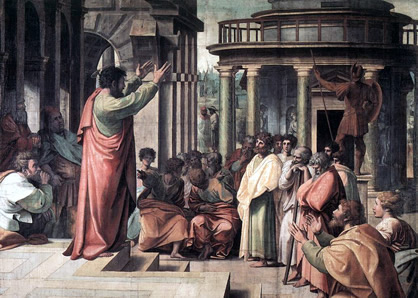W
-W-
Wadis (Hebrew: nahal)
Mountain canyons that carry water only when it rains; dry
riverbeds with occasional flash floods. Wadi Kelt was a
significant pass into and through the Judea Mountains between
Jericho and Jerusalem.
Warren's Gate
Provided direct access to the temple courts.
Way of the Sea
During Biblical times, Israel was located at the crossroads of
the world, where the trade of the civilized world passes
through. Since the Arabian desert was in between the empires of
Egypt and Mesopotamia (Persia, Babylon, Assyira), the only trade
route passed through Israel, a narrow land bridge between the
Mediterranean Sea and the desert to the east. This busy road,
the lifeline of the trade route, was known as "Way of the Sea."
Western Hill
Once within the walls of ancient Jerusalem, the Western Hill was
located at the southwest corner of the city. It is very sacred
to the Jewish people because it is the traditional spot of
Davids tomb. The upper room where Jesus ate the last supper is
found here as well (Luke 22:138).
Wilderness of Paran
Wilderness south of the Judea and Negev mountains between the
Wilderness of Zin and the Sinai Peninsula. The Israelites
wandered here for 40 years.
Wilson's Arch
Supported a bridge that extended from the Upper City, where
Sadducees and other influential Jews lived, across the Tyropean
Valley to the Temple Mount; extended 75 feet above the valley
floor and spanned 45 feet.
Worship Court
The people's court; a large outer court in which the people
stood to worship; contained the altar of sacrifice and the laver
or basin (the bronze Sea).


